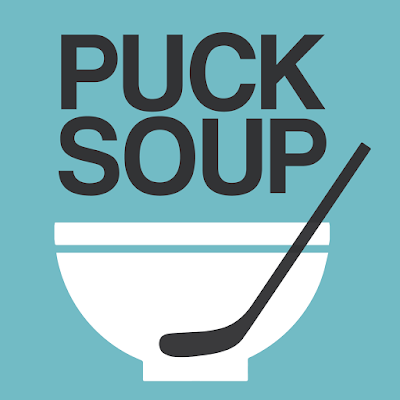Today could be a busy day on the NHL trade market. Not as busy as tomorrow, of course, but the league has a long history of major deals going down the day before the deadline, as GMs get ahead of the last-minute rush and pull off their big moves 24 hours early.
That makes today an exciting day to be a fan. But it also makes for a tough day to write about the deadline, because whatever you come up with can be wiped out by a single move. Marc Bergevin isn’t doing enough in Montreal? Whoops, he just landed Matt Duchene. Some team should be looking at Marc-Andre Fleury? Too late, they just acquired Ryan Miller.
So instead, let’s play it safe and stay away from specific rumors by taking a step back to look at the bigger picture. Today, let’s get philosophical.
As a fan, it’s easy to get hung up on the numbers – stats, standings, cap hits and more. But NHL GMs have even more than that to think about. Many of the questions they face don’t have easy answers, but they can determine the direction that a team takes at the deadline and beyond.
Here are some of the bigger-picture questions your favourite team's GM may be pondering as we count down to tomorrow's deadline.
How do you put a price on loyalty?
As fans, we're constantly told that pro sports are a business, and that we shouldn't expect loyalty to play much of a role. We've certainly seen plenty of examples over the years where that was the case, and it goes both ways — think Martin St. Louis forcing his way out of Tampa, or the first-place Capitals banishing veteran Brooks Laich to the Maple Leafs to save cap space.
There's not much room for loyalty in the hockey world. (Just ask Peter Budaj.) But can't there at least be some?
This one gets especially tricky when players have no-trade clauses, and the organization will have to ask them to provide a list of teams or even waive the clause outright. There was a time when that seemed to be a relatively straightforward conversation – a player had the right to waive, and a GM had the right to ask them if they'd consider doing so.
But over the years, as more players negotiated no-trade protection and the clauses became a more common part of the NHL landscape, many teams have become more sensitive to the perception that players who are asked to waive are somehow being treated poorly.
That can all lead to some teams doing a strange dance where they try to create the perception that players are waiving clauses or providing lists without anyone on either side actually asking them to. We've seen that in Vancouver, where Jim Benning started off saying he wouldn't ask anyone, eventually waffled, and now has already moved Alex Burrows and seems to have everyone in play.
It all gets a bit silly, but you can see where GMs are coming from. Moving on from a player who's spent most of their career fighting and bleeding for your franchise — in some cases literally — isn't as simple as just weighing the numbers and pulling the trigger. If we see some veteran trade bait stay put tomorrow, that could be why.
How much stock do you put in chemistry?
This question turns out to be pretty important, for one simple reason: Depending on how a GM answers, he may not want to make any deadline moves at all.
On the surface, a contending team's GM's job at the deadline is relatively straightforward. Improve your team as much as possible, without overpaying. That qualifier is the tricky part, of course, but the goal should be clear: Bring in reinforcements who make you better right now.
But those reinforcements mean somebody else has to leave, either as part of the trade or to make room on the roster. And if that departing player has been part of the team all season or longer, his absence is going to be felt somewhere. "Chemistry" has become the catch-all term for the fear that a move that makes you better on paper might still hurt you in the long run.
There's probably some truth to it. It's also probably true that GMs put too much stock in chemistry, and maybe even embrace it as a handy excuse not to do anything. Not everyone buys into the concept.
But there's no doubt that it's a factor weighing on the minds of the league's better teams. Here's Stan Bowman telling us "there's something to be said for chemistry." Then again, here's Brian MacLellan of the league-leading Capitals pointing to the team's 2010 deadline as an example of making too many moves and throwing off their chemistry, days before he pulls off a blockbuster to bring in Kevin Shattenkirk.
There's something to be said for ditching the warm-and-fuzzy feelings and just making your team better. But any GM who's a big believer in chemistry will have some balancing to do.













